70% of Indians use only mobile: comScore report
Mobile has established primary position around the globe, accounting for over half of all digital minutes in 13 markets, and over 75 per cent in Mexico, India and Indonesia. comScore’s report, titled ‘The Global Mobile Report’, provides a global snapshot of the mobile ecosystem using mobile and multi-platform data from 14 markets (USA, Canada, UK, France, Germany, Italy, Spain, Argentina, Brazil, Mexico, China, India, Indonesia and Malaysia). The report highlights demographics, content categories and brands that are shaping the mobile ecosystem as a whole.
According to the report, more than one-fourth of global users measured are now mobile only. In all but three markets, over 70 per cent of users are active on mobile during the month, while in India 70 per cent use only mobile. In an interesting observation, the report stated that females are more likely to be mobile only internet users. However, India was the only market where male users were more likely to be mobile only.
‘Mobile only’ share of total digital audience is growing. Brazil and Spain increased an already high share of mobile only users, but all markets saw this segment grow. Mobile only usage correlates strongly with mobile time. Even as a minority, larger mobile only audiences intensify the overall share of the platform in their market.
However, mobile only usage not restricted to demographic extremes. Despite high mobile minutes, younger and older demographics are less likely to abandon desktop altogether.
Certain content categories are driven by mobile only usage, with on-the-go categories like communications and weather most likely to skew toward mobile only. More than one-fourth of mobile minutes are on socially-driven functions. Social networking and instant messengers are consistently among the most popular mobile behaviours.
Overall mobile share is driven by highly mobile categories. Services (including instant messaging), entertainment and social drive up overall share of mobile minutes. On a per-user basis, users spend more time on communication and entertainment than practical uses.
The longer tail of categories still relies heavily on desktop. Beyond categories delivering large absolute volumes of mobile minutes, desktop share is often over 50 per cent. Some category audiences are also surpassing desktop. In a number of major categories, mobile audiences are now larger on average than their desktop counterparts.
Mobile app usage
Apps drive dominant share of mobile time in all markets. More than 80 per cent of mobile minutes in all markets are spent on apps. However, app reach is still dominated by a small number of apps. Only US/ Canada have over 30 apps reaching more than 10 per cent, and none have more than 20 with 20%+ reach.
Individual users spend over 95 per cent of time in their top 10 apps. Almost half of all mobile time is spent inside users’ most used app, and nearly all of it within their top 10.
In almost every market, the category with the largest number of apps is gaming, but app minutes are dominated by social media and instant messaging, with both accounting for more than a quarter of all mobile minutes within the markets studied.
Facebook leads adoption of global social apps, but other apps are more subject to regional variation, notably in Indonesia where Instagram eclipses even Facebook. Facebook Lite boosts minutes in heavily-mobile markets. Argentina, India and Indonesia are among the top 5 markets for share of mobile minutes.
Key takeaways:
Mobile Audience Dynamics Vary from Market to Market: While mobile now accounts for the majority of time spent across nearly every market, the extent to which different countries rely on mobile vs. desktop varies considerably. Some markets are dominated heavily by mobile-only internet users, while multi-platform internet usage is the norm in others.
Mobile Usage Time Dominated by a Few Content Categories: Social networking, entertainment and gaming are universally the biggest drivers of overall mobile time, but there is still value across many other categories that are important functions, offer marketing touchpoints or drive transactions.
Comfort with Mobile Transactions Can Unlock Growth for Multiple Categories: Trust and user experience are traditional barriers to m-commerce, and it there is a natural link between users who make retail purchases on mobile devices, and other transactions. Improving confidence and usability can allow transactional categories to truly benefit from an already-enlarged mobile share of time.
Mobile App Usage is Highly Concentrated Within the Leading Apps: Consumers spend more than 95 per cent of their app time on their 10 most regularly used apps, often drawn from a relatively short list of top overall apps that contribute the majority of app time spent and are most likely to be found on users’ home screens.
The Mobile Marketplace is Showing Signs of Maturity: Apps’ share of overall digital time has plateaued in many markets over the last year. As downloading of new apps begins to stall while usage concentrates among the leaders, the opportunity to disrupt the local or global market is a growing challenge.





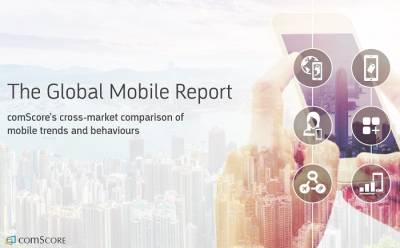

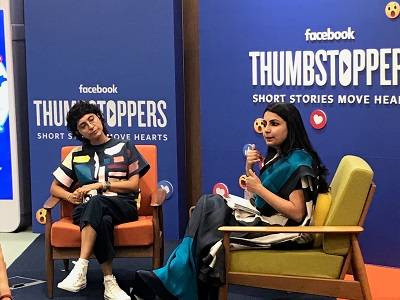
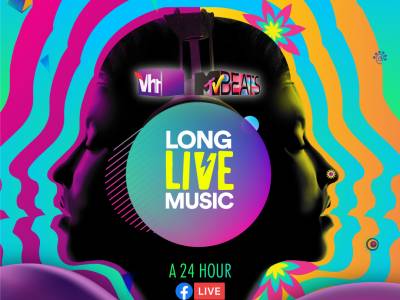


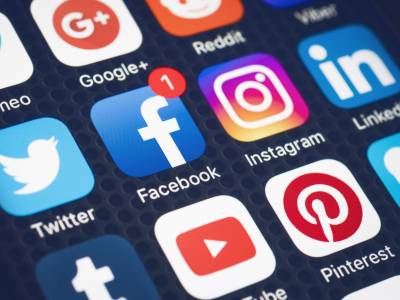


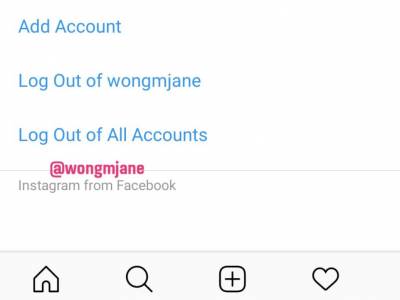


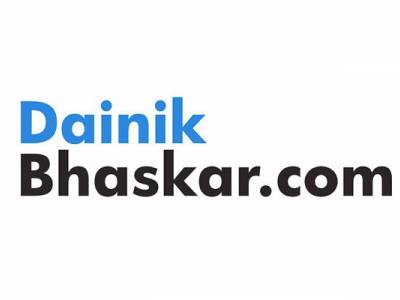



Share
Facebook
YouTube
Tweet
Twitter
LinkedIn